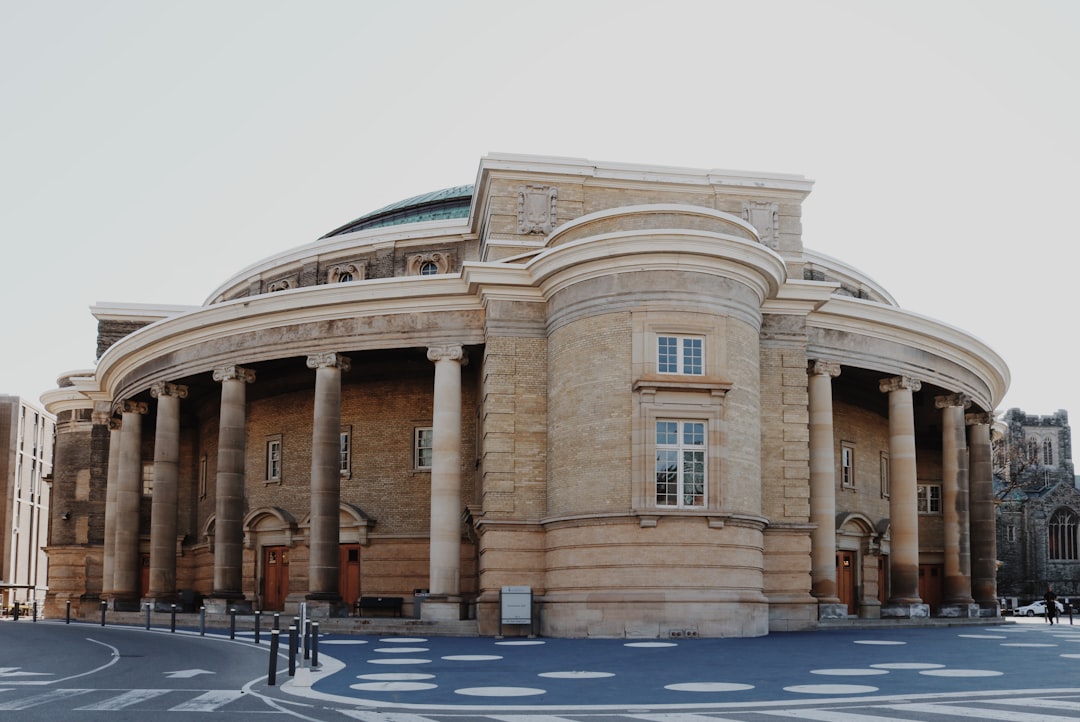
Amazon will pay college tuition for most of its 750k workers
September 12, 2021
What’s a College Degree Worth?
October 30, 2021In a troubling sign of the pandemic’s impact on students’ plans for higher education, a report from the Wisconsin Policy Forum shows less than half the state’s public high school seniors last year filled out federal paperwork for college financial aid.
Compared to the pre-pandemic class of 2019, 13% fewer Wisconsin seniors in the class of 2021 filled out the Free Application for Federal Student Aid, according to data compiled by the Forum. The FAFSA is a key predictor of whether a high school senior will go on to college.
In Milwaukee, where great gains in completion numbers had been seen, the drop from 2019 to 2021 was 26%, setting Milwaukee Public Schools and city charter schools back to where they were before 2017.
“These declines carry ominous implications since the FAFSA is a crucial first step for many students toward securing the financial aid necessary to attend college,” the Forum noted in its report.
Thecompletion numbers for the city and state fell by greater margins than the nationwide numbers, which, including private schools, fell by 8%, the Forum found.
Some of the drop could be due to an overall decline in the number of students in the graduating classes at public high schools. But completion rates, which take into account student population, also dropped.
For the public schools’ class of 2019, 53% of students statewide and 62% of Milwaukee students completed FAFSAs. For the class of 2021, completion rates were 46% for the state and 47% for Milwaukee, according to data provided by the Forum.
Some districts in southeastern Wisconsin saw steady rates, and some did rise. The Forum shared the following completion rates for 2019 and 2021:
- Brown Deer: 52.8% and 52.6%
- Cudahy: 46.2% and 39.2%
- Elmbrook: 63.6% and 62.4%
- Franklin: 65.8% and 58.4%
- Menomonee Falls: 60.7% and 62.9%
- Mequon-Thiensville: 60.0% and 61.3%
- Muskego-Norway: 58.6% and 54.8%
- New Berlin: 61.7% and 58.5%
- Nicolet: 66.7% and 61.0%
- Oak Creek-Franklin: 54.2% and 50.7%
- Waukesha: 51.1% and 47.8%
- Wauwatosa: 59.6% and 57.9%
- West Allis-West Milwaukee: 52.0% and 38.8%
Your stories live here.Fuel your hometown passion and plug into the stories that define it.
MPS leaders knew they were behind on FAFSA completions last spring and called on the public for help, asking anyone who knew a high school senior to urge them to fill out a form.
According to the Forum’s report, Wisconsin school leaders said they suspected students and families were less aware of the FAFSA because there weren’t as many opportunities for school staff to talk about it with them in person.
School counselors also told the Forum more students seemed worried about the cost of higher education, especially for a college experience impacted by the pandemic. Some students took jobs during the pandemic and were hesitant to trade the income for the expenses of college.
The Forum found drops in completion rates were especially severe at schools with more students of color, English language learners, and students from low-income families — all populations disproportionately harmed by the pandemic.
The Forum noted several strategies schools can use to improve completion rates, including workshops, training trusted adults as advisors, offering gift cards or meals as incentives, sending reminder text messages to students, or making FAFSA completion a requirement with opt-out options.
For the current graduating class, MPS will begin offering FAFSA information sessions Friday. College Goal Wisconsin is hosting virtual and in-person events for families from any school.
Families are encouraged to complete the form as soon as possible as some financial aid is awarded on a first-come, first-serve basis.
Note: An earlier version of this story stated the wrong percent change in the number of FAFSAs completed by Milwaukee students.
Contact Rory Linnane at rory.linnane@jrn.com. Follow her on Twitter at @RoryLinnane.




1 Comment
Thanks for sharing. I read many of your blog posts, cool, your blog is very good. https://www.binance.com/cs/join?ref=S5H7X3LP